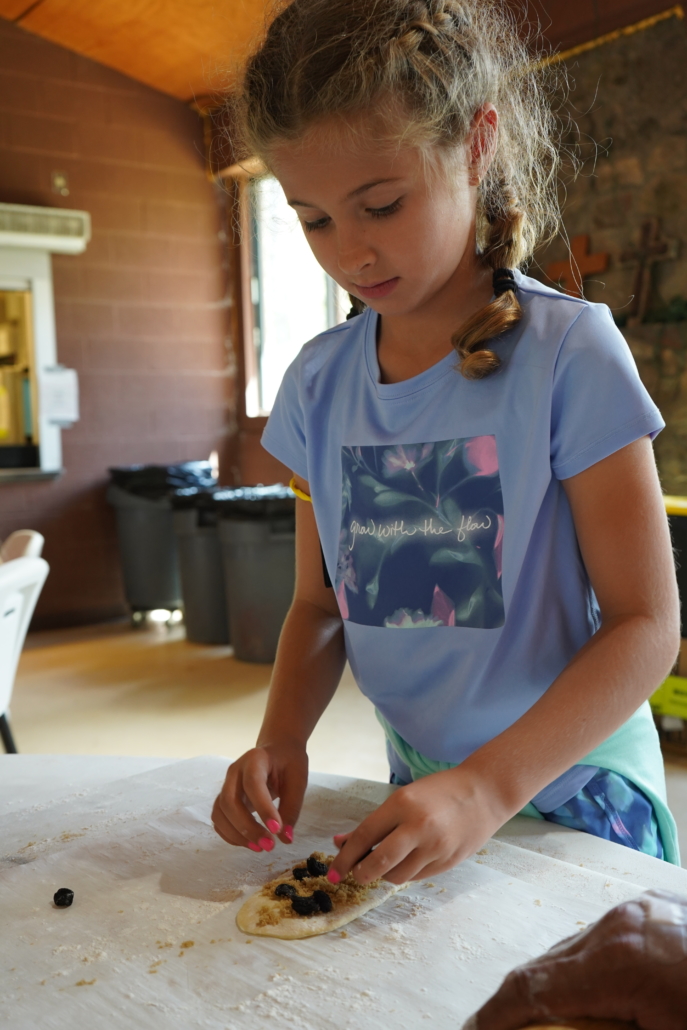The Power of Mindfulness Practices for a Kid’s Emotional Wellbeing

Kids benefit from the amazing changes that simple mindfulness practices can bring about for their emotional health and wellbeing. A regular mindfulness practice helps condition the mind and body to be less reactive and more resilient to daily stress. Let’s take a closer look at the power of mindfulness practices for helping kids to manage their emotional wellbeing.
How Does Mindfulness Help Kids?
The many ways that mindfulness, which is a form of meditation, affects the body and mind – for adults and kids alike – has been studied by educators, psychologists, physicians, and many other types of researchers for well over 50 years! During the past decade or so, the benefits of meditation practices for children and teens have come into sharp focus: The result is that mindfulness practices are now integrated into schools and day care programs, summer camps, community centers, sports organizations, colleges, and mental health treatment.
Mindfulness meditation benefits kids emotional wellbeing in the following ways:
- Improves how kids regulate their emotions
- Improves a child’s quality of sleep
- Strengthens healthy development of nerve pathways in the brain
- Balances brain chemistry and brain waves associated with mood
- Enhances focus, memory, learning, and creativity
- Fosters compassion for self and others
- Strengthens self-esteem and self-confidence
- Develops empathy
- Reduces the intensity of stress that kids can experience
- Lowers stress hormones in the body
- Reduces tension in muscles and joints
- Strengthens the immune system
- Improves sleep and regulation of brain waves
Mindfulness and the Body
Mindfulness helps kids disengage from the constancy of thinking, judging, planning, worrying and other cognitive functions that keep our minds so busy all day long.

During a mindfulness meditation practice, there is a physiological shift that takes place known as the relaxation response. This response is the exact opposite of the stress response – you know, that knee-jerk way of reacting to the stressors of daily life. The relaxation response produces positive shifts in brain waves, heart rate and respiration rate that helps us to simmer down, think more clearly, and act in an emotionally balanced way.
While we practice mindfulness, the mind enters a state of non-judgmental awareness of experiences, events, thoughts, and feelings—the very things that can overwhelm the mind with stress, worry, anxiety. One’s worries won’t magically disappear; instead a shift in how we perceive situations, people, and our own thoughts takes place. Teaching kids to practice mindfulness helps them reduce the intensity of difficult feelings and experiences by learning to let it all go… one breath, one mindful moment at a time!
This is part one of two focusing on mindfulness practices for kids. In our next blog post, we share tips to help you begin a mindfulness practice with your child…and demonstrate our favorite Camp Tuku mindfulness practices for you to try at home.
Further Reading
Mindfulness for Youth Institute
Benefits of Meditation Breaks for Children from HealthyChildren.Org
Meditation: A Simple, Fast Way to Reduce Stress. Mayo Clinic. http://www.mayoclinic.org/tests-procedures/meditation/in-depth/meditation/art-20045858
Kabat-Zinn, J. Full Catastrophe Living: Using the Wisdom of Your Body and Mind to Face Stress, Pain, and Illness(Delta Trade Paperbacks, 1990).
Tang, YY, et al., “The neuroscience of mindfulness meditation.” Nat Rev Neurosci. 2015 Apr;16(4):213-25. doi: 10.1038/nrn3916. Epub 2015 Mar 18.
Chiessa, A. and Serretti, A. “Mindfulness-based stress reduction for stress management in healthy people: a review and meta-analysis.” J Altern Complement Med. 2009 May; 15(5):593-600.http://www.ncbi.nlm.nih.gov/pubmedhealth/PMH0028310/
Boccia, Maddalena, Laura Piccardi, and Paola Guariglia. “The Meditative Mind: A Comprehensive Meta-Analysis of MRI Studies.” BioMed Research International 2015 (2015): 419808. PMC. Web. 11 Nov. 2015.
Ospina, M. B. et al. “Meditation practices for health: state of the research.” Evid. Rep. Technol. Assess. (Full Rep.)155, 1–263 (2007).
